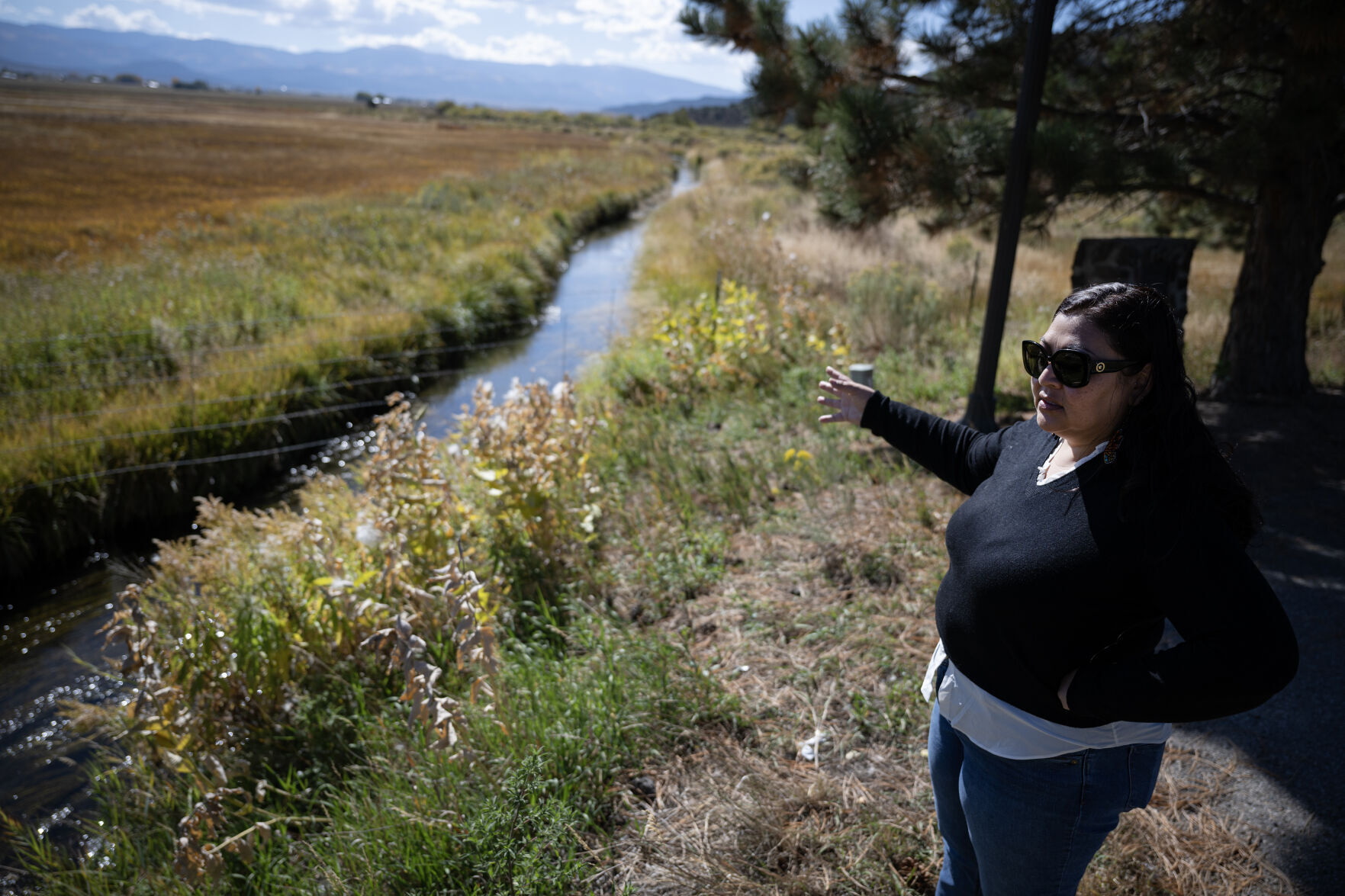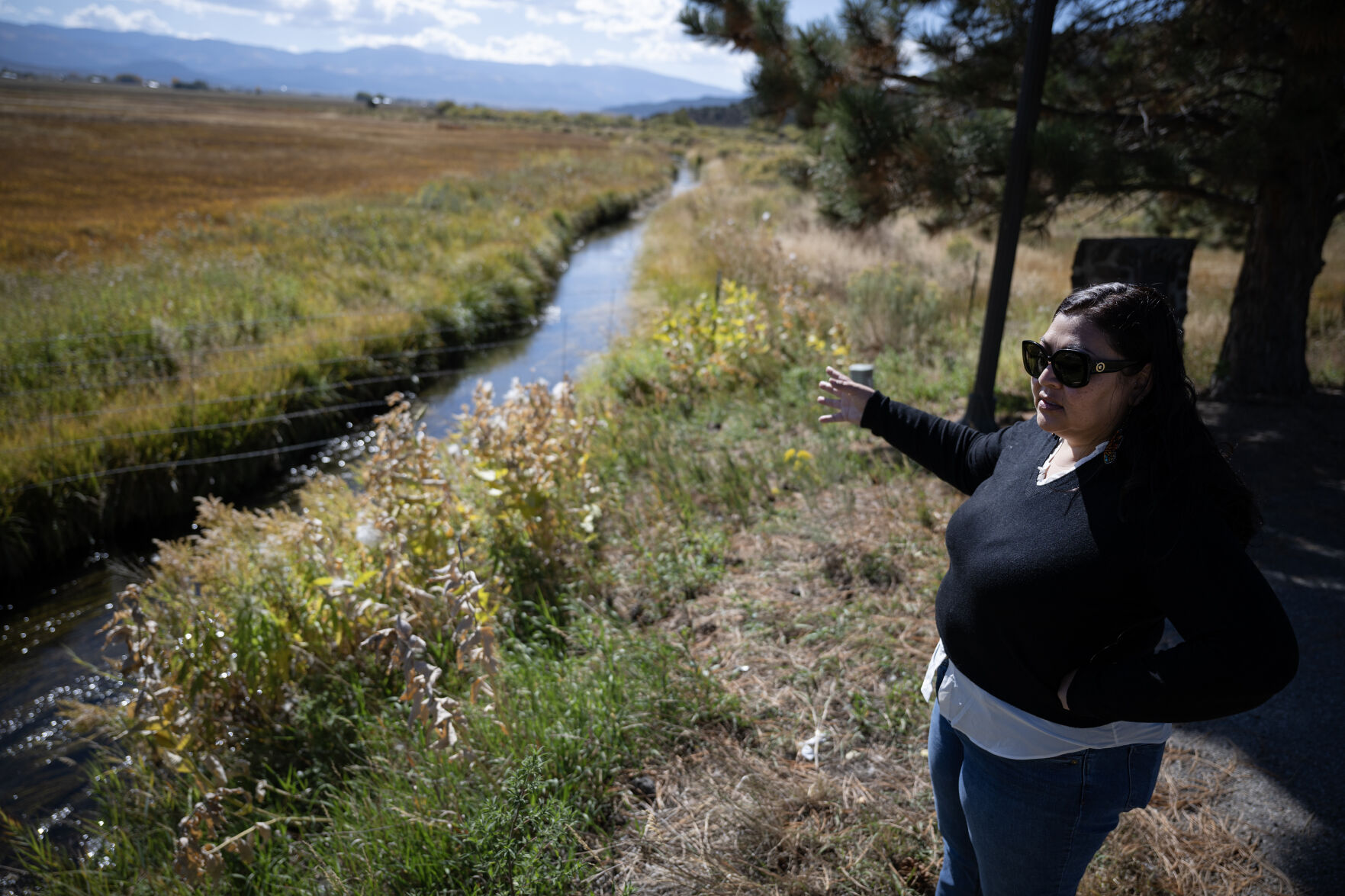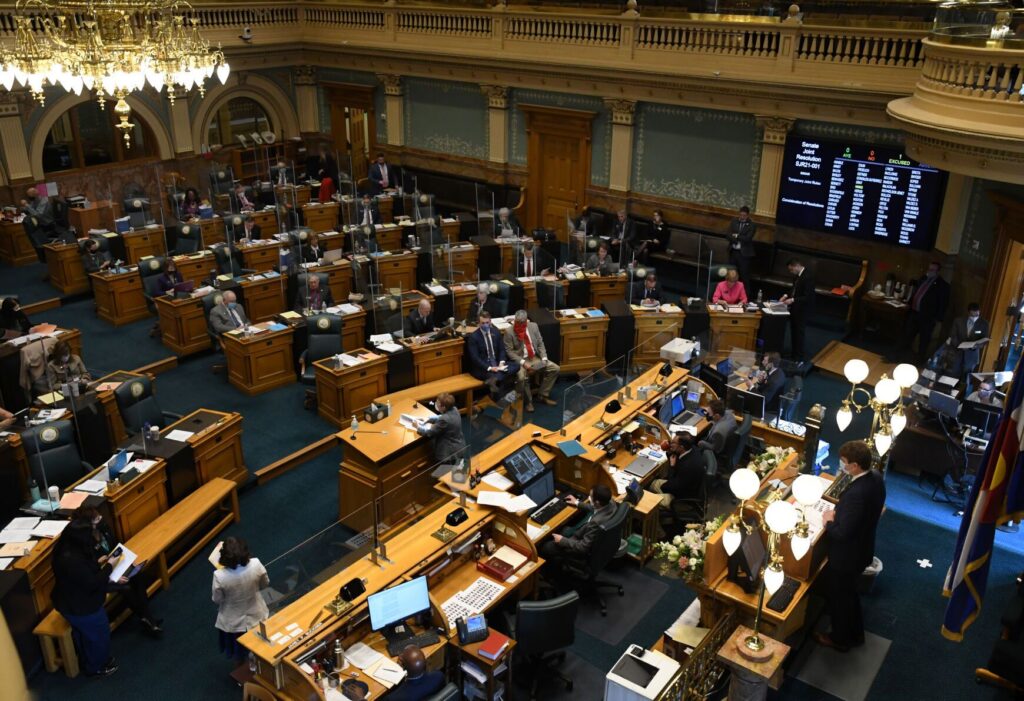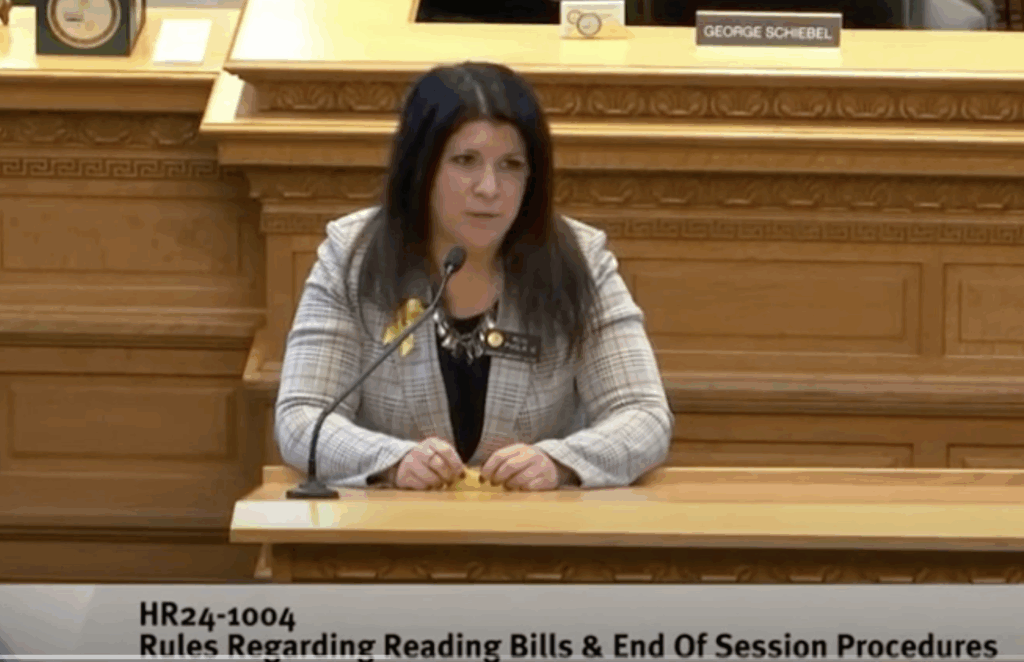A 1,200-year-old idea flows through Costilla County; three cities, three homeless strategies | WHAT YOU NEED TO KNOW

Today is Oct. 23, 2023, and here’s what you need to know:
In San Luis, and the small towns that surround it, water rights are held by ditches that were built before Colorado became a state – and under a concept that seems almost foreign to the rest of the West, which lives on the laws of prior appropriation, meaning “first in time, first in right.”
The West’s prevailing premise, in effect, means the first person to claim the water gets the most, and everyone else likely gets a little or lot less.
But, as it turns out, this communal water management concept in Costilla County came from lands very far away. And from an approach that is very old.
The concept called “acequia” dates back to the days of the Spanish Moors, when Muslims from North Africa captured the Iberian Peninsula – today’s modern Spain and Portugal – and ruled parts of what was known as al-Andalus. That time produced great centers of learning and magnificent art and architecture, as well as attracted scientists and philosophers from the known world.
The Moors ruled al-Andalus from the early 8th to the late 15th century.
And it was the Moors who brought the idea of irrigation canals – “as-saqiya” in Arabic – to Spain, although some researchers believe the Moors may have borrowed on similar systems dating back to the Romans.
Of the cities’ three mayors, Denver’s Mike Johnston, a Democrat, faces the biggest problem: Colorado’s capital city counted 5,818 homeless people in January, up by 1,024 compared to the year before. Of the total, 2,763 were “unsheltered” – people who live in public spaces, such as cars, tents or the street. That figure rose by 33% from 2022.
Denver has been pouring significant resources into the crisis. Over the next two years, officials look to spend half a billion dollars – $254 million this year and $242 million next year. Using the latest homeless count, that translates to roughly $85,000 per homeless person total for two years. When Johnston’s predecessor, Michael Hancock, first took office in 2011, the city spent only $8 million on homelessness.
Yemi Mobolade, Colorado Springs’ new and politically independent mayor, maintains his city and El Paso County are “doing really well” and the numbers are “trending in the right direction.”
The point-in-time surveys show a 17% decline in the county’s homeless population – from a high of 1,562 in 2019 to 1,302 in January. The survey counts the homeless across all categories and age groups, from people living on the streets to those in transitional housing. The city allocated about $6.2 million to homelessness this year, excluding costs from the police department to enforce the urban camping ban, as well as vagrancy, loitering or trespassing laws. That translates to nearly $5,000 per homeless person for one year.
In Aurora, Mayor Mike Coffman supports a “work-first” strategy, noting the city is hewing closer to Colorado Springs’ approach. Coffman disagrees with “housing-first” models – the preferred strategy in Denver – because, he argues, they measure success by how many people are taken off the streets, while he looks at employment and self-sufficiency as more meaningful yardsticks.
Editor’s note: This series explores the unique complexities and similarities of the homeless challenge in Denver, Aurora and Colorado Springs. Part 1 focuses on Denver:
Mike Johnston, a Democrat, declared a state of emergency on his first full day in office and vowed to transition 1,000 people off of Denver’s streets by the end of the year, arguing that the city’s “incremental approach … isn’t getting people housed at scale.”
In his city, the mayor said, “nobody has to be homeless.”
The new mayor’s focus on homelessness was expected. During his campaign, Johnston unveiled an ambitious goal – solve homelessness in his first term as mayor.
Over the next few weeks, the new mayor hunkered down. His administration activated an emergency center, appointed a homeless advisor, and sought the cooperation of councilmembers, who have agreed to extend his emergency declaration three times already. The council is expected to extend that declaration anew next month.
“With the right amount of focus and political leadership, there could be a significant reduction in unsheltered homelessness,” Cole Chandler, the mayor’s senior advisor for homelessness, told The Denver Gazette. “Mayor Johnston ran on that platform of a very ambitious goal to end unsheltered homelessness during his first term.”
Undergirding Johnston’s promise to end homelessness is an approach popular among the city’s homeless advocacy groups: “housing first.” The idea is to respond to an individual’s most acute need first, which is housing, and then offer other services later.
U.S. Rep. Pete Sessions, a Republican from Texas, has held leadership positions in the House before, but now he is running for the highest position, speaker of the House.
First elected to the House in 1996, Sessions has served as the chairman of the National Republican Congressional Committee and as chairman of the House Rules Committee. He has the most experience out of any of the nine candidates running for speaker.
He served in the House until 2019, when he was beaten by Rep. Collin Allred, a Democrat from Texas. Then, the next cycle, Sessions ran in a different district in his hometown of Waco, Texas, and won in a runoff in the primary and handily took the general election.
With such a crowded field, standing out is going to be difficult, but Sessions believes his years of experience and his past roles in leadership can be a selling point for him as he goes into the race. He is up against Reps. Kevin Hern of Oklahoma, Mike Johnson of Louisiana, Dan Meuser of Pennsylvania, Jack Bergman of Michigan, Gary Palmer of Alabama, Byron Donalds of Florida, Austin Scott of Georgia, and House Majority Whip Tom Emmer of Minnesota.
















